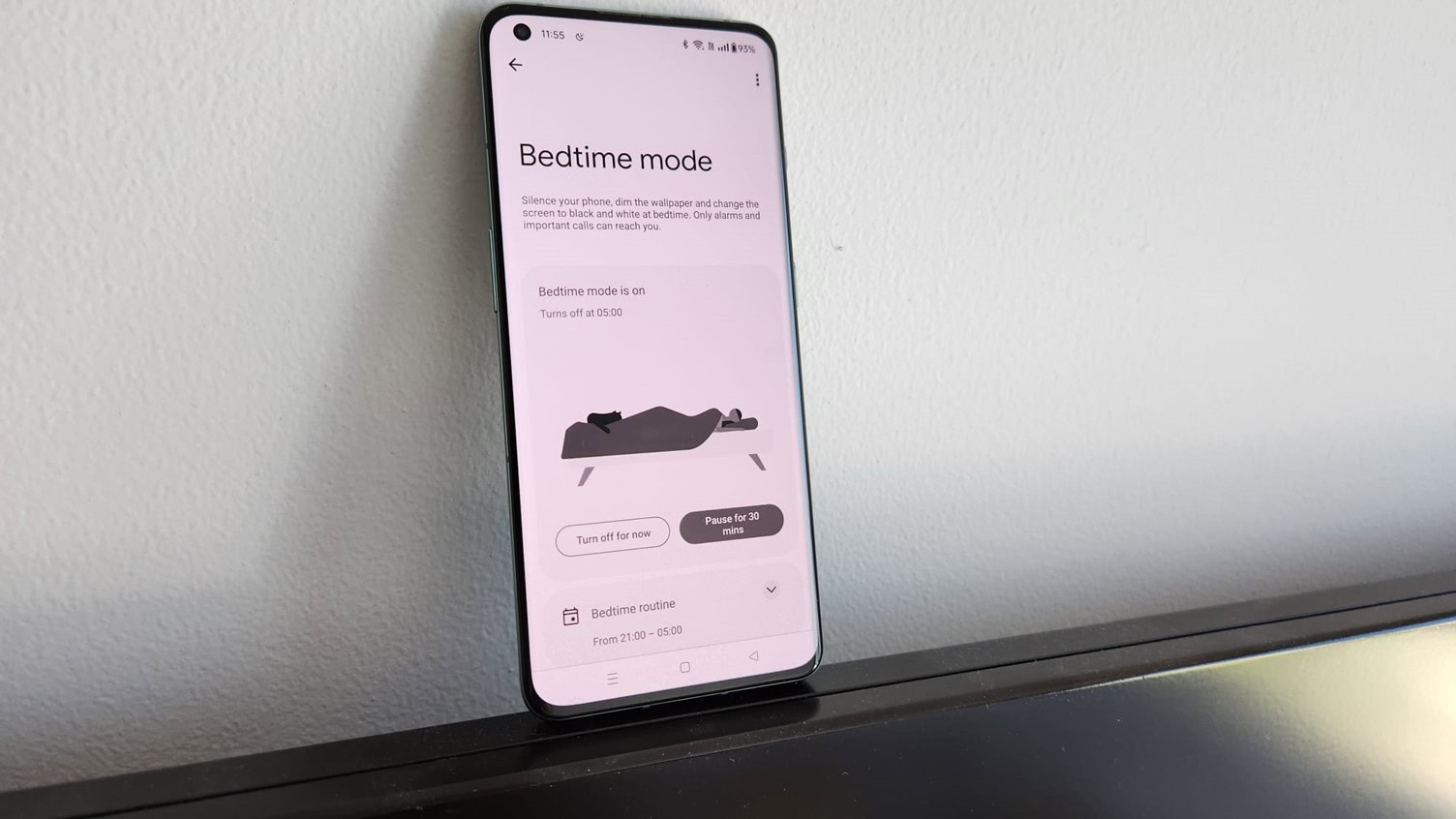Aside from their political views, Joshua Fisher and Ryan Troyer have a lot in common.
In 2020, they lived across the street from each other in Sioux Falls, S.D. They are both white men of a similar age. Mr. Fisher, 42, is an auto technician; Mr. Troyer, 39, is a sanitation worker. They are both married. They both have associate degrees.
They have something else in common, too: They both moved away from Sioux Falls. Mr. Troyer left in the fall of 2021, and Mr. Fisher about a year later.
In the process, they unwittingly became a part of a nationwide pattern that could matter in a close presidential election.
They made the country more geographically polarized.
Mr. Troyer, the Republican, moved to a more Republican neighborhood. Mr. Fisher, the Democrat, moved to a more Democratic one.
This is just one pair of voters, but they are part of a trend. Consider the moves of Republicans from relatively balanced neighborhoods like theirs:
The picture for Democrats is almost the reverse:
Put the two groups together, and you see political polarization in action.
These estimates, based on a New York Times analysis of detailed public voter registration records of more than 3.5 million Americans who moved since the last presidential election, offer a new and extraordinarily detailed glimpse into one of the ways that we segregate from each other — down to the street level.
Across all movers, Republicans chose neighborhoods Donald J. Trump won by an average of 19 percentage points in 2020, while Democrats chose neighborhoods President Biden won by the opposite margin (also 19 points). In total, movers started in neighborhoods 31 percentage points apart; they ended in neighborhoods 38 points apart. Across the country, the result is a widening gap between blue neighborhoods and red ones.
Where Democrats moved
A solidly or heavily Biden place
A relatively balanced place
A solidly or heavily Trump place
Where Republicans moved
A solidly or heavily Biden place
A relatively balanced place
A solidly or heavily Trump place
The independents and unaffiliated voters in our set picked more evenly balanced neighborhoods.
The different choices that movers made are not easily explained by things like voters’ ages, race, income or if they were leaving a rural or urban area. Even when narrowing our comparisons to demographically similar pairs of people from the same kinds of neighborhoods — people like Mr. Fisher and Mr. Troyer — Democrats and Republicans still chose neighborhoods that were 24 points apart in the 2020 vote.
Our analysis suggests partisanship itself, intentional or not, plays a powerful role when Americans uproot and find a new home. And their very personal decisions about where to resettle help power the churn of migration that is continuously reshaping American life at the neighborhood level and contributing to a sense that Americans are siloed in echo chambers, online and in their daily lives.
It also has real stakes for our elections: Political scientists say the more partisan a district or state becomes, the less a candidate needs to woo voters from the other party — or, after winning, govern on their behalf.
Interviews with 20 recent movers found that, consistent with research on the subject, politics alone did not drive a decision to move. But most we spoke to said it did influence their decision, and for some it topped the must-have list — the movers in our analysis are all registered to vote, and nearly all we spoke to intended to vote on Election Day.
Impact on the 2024 election
It’s unclear how much of a direct effect movers might have on the election next week. Each cycle, the electoral landscape changes in ways that have nothing to do with moving: People turn 18; people die; people change their minds or decide not to vote. But in an extraordinarily close race, even small shifts could prove decisive.
The 3.5 million movers in our analysis are a small number compared with the 158 million people who voted in 2020, but they do help explain some recent electoral trends — like Florida’s electoral shift to the right or the gains Democrats have made in Georgia.
In all but three states that voted for Mr. Biden in 2020, more Democrats have moved in than Republicans. The reverse is true for states Mr. Trump won — in all but one, more Republicans moved in.
Partisanship of incoming movers and the states they moved to
Voters who moved into the 25 states Biden won in 2020 tended to be more Democratic than their neighbors.
And likewise, voters who moved into the 25 states Trump won tended to be more Republican than their neighbors.
In 36 states, polarization happened in both directions at once: More newcomers were of the winning party, and more of those who left were of the losing party.
Our analysis is an undercount of partisan migration; it may be missing some movers who haven’t yet filed a new address or registered to vote in their new homes. But it probably accounts for most voters who moved, and it shows how population shifts can have political consequences.
Consider Florida: Once a critical swing state, it has become more reliably Republican. Out of the 3.5 million voters we tracked, more than 200,000 registered Republicans have moved in over the past four years, more than twice the number of Democrats.
Mr. Biden won Georgia in 2020, the first time a Democrat won the state since 1992. Among more than 140,000 newcomers, Democrats outnumbered Republicans by more than 9,000. Over the same span, at least 10,000 more Republicans than Democrats moved out of the state — a third of them to Florida.
In Arizona, a state Mr. Biden won by less than 12,000 votes, incoming Republicans — a third of them from California — outnumbered incoming Democrats by a margin of three to two. Accounting for departures, Arizona gained about 17,000 Republican voters.
In all three Northern battlegrounds — Pennsylvania, Wisconsin and Michigan — Democrats made small gains through migration. In Pennsylvania, this year’s key battleground, Democratic gains actually came amid population loss: For both parties, more voters moved out than in. But Republicans lost more.
California has contributed to this trend in a different way: by exporting Republicans en masse. More Republicans have moved out of California than any other state. And those who did have made other states redder in the process — particularly Texas, Arizona, Florida and Nevada.
What drives moving
Tens of millions of Americans move each year, whether across town or across the country. Most of the voters in our set moved during the pandemic, when home sales surged and many Americans were ready for a change.
Mr. Troyer, the Republican from Sioux Falls, moved closer to his wife’s family in Minnesota. Mr. Fisher, the Democrat, moved to escape the harsh South Dakota winters.
Mr. Troyer, a Republican, on the front porch of his home outside Minneapolis, in a neighborhood that voted for Mr. Trump in 2020 by a wide margin.
Ben Brewer for
And yet both ended up in places that were more partisan than where they came from, a phenomenon known as “sorting.” Research on partisanship and migration has found politics typically figures into the equation only indirectly — or even coincidentally.
Previous research has found that most people don’t intentionally seek out politically homogenous areas, but instead share similar preferences with people who vote as they do, with Democrats favoring cities and Republicans favoring the country, on average. A 2015 study, however, found that people favor properties in neighborhoods that reflect their partisan identity.
“Am I going to fit? Fittingness is a very important criteria for a place to live,” said James Gimpel, a politics professor at the University of Maryland, and co-author of the study. “Nobody wakes up in the morning and says, ‘Gee, I’m looking forward to having a fight with my neighbors.’”
Our analysis and interviews suggest just how intertwined political and lifestyle choices can be when it comes to choosing a new home, particularly since 2020.
Mr. Fisher, the Democrat, said that while he was eager to escape the snow, he also found the local politics increasingly oppressive. An outspoken liberal, with bumper stickers on his Jeep to match, he was eager to find a place that better reflected his sensibilities.
Mr. Fisher, a Democrat, finds his new home in Charlotte, N.C., “definitely bluer” and “a nice change,” he said.
Amanda Kathleen Greene for
“For the most part, you just kind of kept to yourself,” Mr. Fisher, a South Dakota native, said of his old neighborhood, a precinct Mr. Biden won by five points. He says he feels more comfortable in his home in southwest Charlotte, in a precinct Mr. Biden carried by 46 points. “It’s definitely bluer than where we were before, and kind of a nice change,” he said.
And Mr. Troyer now lives in Otsego, northwest of Minneapolis, which Mr. Trump won by 27 points. Mr. Troyer said he chose his neighborhood because it was close to his job and family. While he did not intentionally seek out a conservative community, he feels at ease at home and at work. “Everybody I associate with is Republican,” he said. “Everybody at work, the hardworking kind, we’re all Republican.”
Characteristics of places Democrats were more likely to move to
| Movers who were… | ||
|---|---|---|
| Dem. | Rep. | |
| Within 5 miles of a college | 82% | 65% |
| High racial diversity | 62% | 43% |
| Above avg. walkability | 44% | 18% |
| Within 5 miles of a Trader Joe’s | 31% | 10% |
| Avg. home price above $750k | 19% | 10% |
Characteristics of places Republicans were more likely to move to
| Movers who were… | ||
|---|---|---|
| Dem. | Rep. | |
| Property tax rate below 0.5% | 64% | 75% |
| Within 5 miles of a forest | 36% | 46% |
| Rural or a small town | 22% | 41% |
| Avg. temperature above 70° F | 13% | 24% |
Somewhere to belong
For a handful of the people interviewed for this article, politics was the impetus.
Erin Thompson, 39, felt out of step as the lone Republican voice among her Seattle friends. Even dating was hard. “You want to find someone who has the same fundamental belief system as you,” she said. Absent that, “It’s just a little isolating.” In 2021, in search of warmer weather and a community more closely matching her worldview, she moved to Gilbert, a conservative Phoenix suburb.
Erin Thompson, a Republican, moved to Arizona after the 2020 election in search of more like-minded people.
Caitlin O’Hara for
Romance was also a factor for Andrew Clohessey, 35, who moved to Minneapolis in 2021 from Cedar Falls, Iowa. He’d spent the previous year deliberately applying for jobs in liberal cities, eager to get out of an area that felt increasingly conservative to him, even though his precinct voted for Mr. Biden. He moved into a neighborhood with a lot of shops within walking distance, one that Mr. Biden carried by 61 points. “It’s been great,” he said. On dating apps he is now “more likely to match with people who have left-leaning political views.”
Naomi Hattaway in what will be a new house being built for her family in Atlanta.
Audra Melton for
In contrast, Naomi Hattaway, 48, said politics “did not register one bit” when she moved for work to Fairburn, Ga., a suburb of Atlanta, from Omaha (after a stop in Florida). An independent who previously registered as a Democrat, she said diversity mattered more to her than party affiliation. She feels more at home as a Black mixed race woman in a city with a large Black population and a diverse local government. “It’s everything,” she said, adding that she is “better off living somewhere I belonged.”
All movers we spoke to felt politically comfortable in their new homes. Upon retiring, Robert LaRoche, 60, moved from Las Vegas to Spring Hill, Fla., about an hour north of Tampa to live closer to family. While the majority of his old neighbors in a precinct that voted for Mr. Biden by 41 points “did not align with our values,” he said, that’s not why he moved, nor was it why he chose his new home. He sees it as a bonus that he gets to live in a precinct that voted for Mr. Trump in 2020 by 26 points.
Mr. LaRoche’s sentiment is shared by more and more Americans — that life is less contentious when the people around you vote the way you do.
“Now I can talk to my neighbors about absolutely anything and not start a big argument,” he said.












